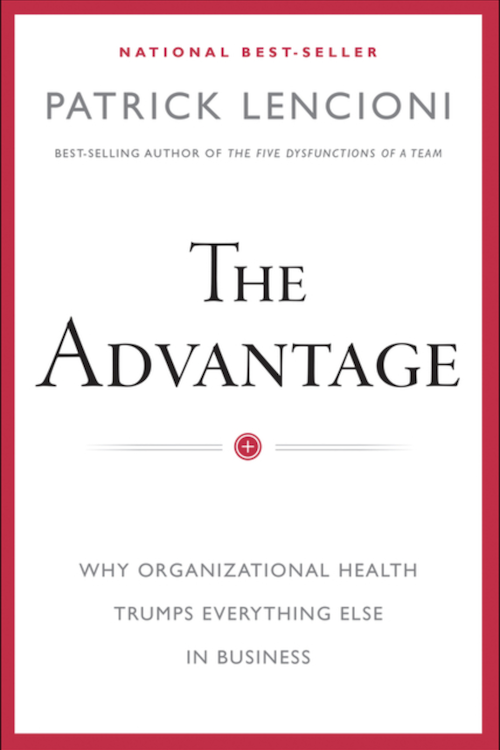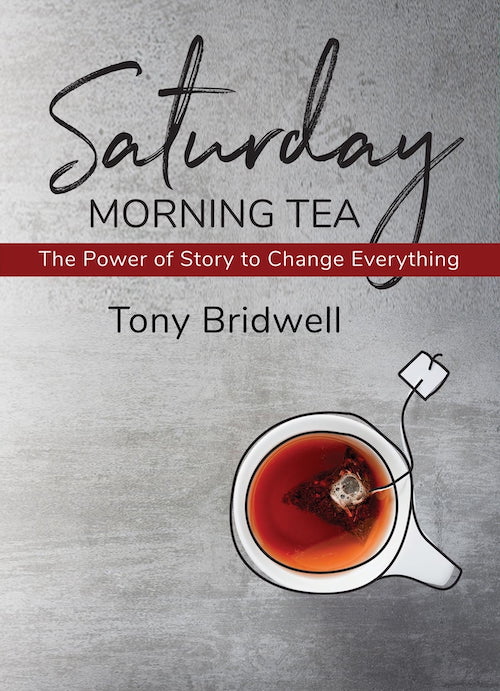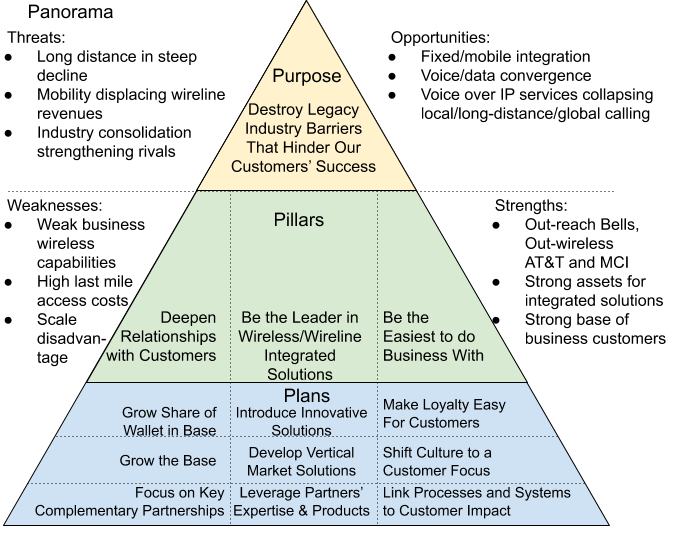Do People Matter?
It’s good to have human resource professionals in your company who are trained in the legal, sociological, administrative and process aspects of managing the human relationships within your business, but having an HR department doesn’t absolve your need to lead and manage people. In the article linked below I propose considering three dimensions of leadership that I hope can transform this tricky topic from a fearful burden to a joyful blessing:
- Rethink how you lead
- Understand what is involved in leading
- Consider why leadership matters
Our natural tendencies are selfish, and the traditional management view of employees is that you hire people to serve you. This mentality creates an imbalanced and unhealthy relationship between a manager and his employees. How can we instead build healthy relationships within our teams?
What are the six key things that people look to their leaders to provide?
Leading well involves a lot of work and emotional energy. Is it worth it? Can it actually bring you joy?






